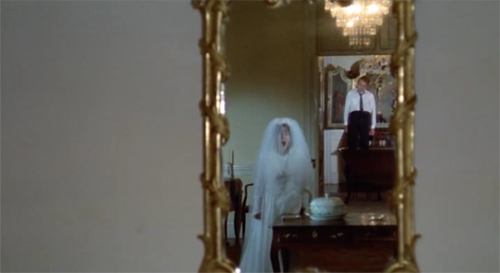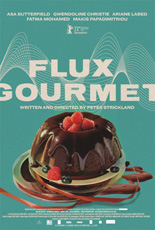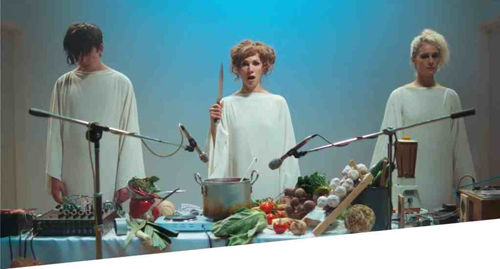
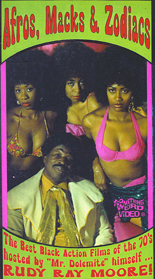 Take a historical trip through the blaxploitation films of the ’70s with Afros, Macks & Zodiacs, Something Weird Video’s 90-minute collection of these flicks’ coming attractions, all laden with shooting, loving and waka-waka guitar strumming. With the VHS tape’s release at the dawn of blaxploitation’s Tarantino-fueled resurgence in the late 1990s, Something Weird was well ahead of the curve. Dolemite’s own dirty ol’ man Rudy Ray Moore hosts the affair, with three ladies resembling Pam Grier’s Coffy huddled by his side.
Take a historical trip through the blaxploitation films of the ’70s with Afros, Macks & Zodiacs, Something Weird Video’s 90-minute collection of these flicks’ coming attractions, all laden with shooting, loving and waka-waka guitar strumming. With the VHS tape’s release at the dawn of blaxploitation’s Tarantino-fueled resurgence in the late 1990s, Something Weird was well ahead of the curve. Dolemite’s own dirty ol’ man Rudy Ray Moore hosts the affair, with three ladies resembling Pam Grier’s Coffy huddled by his side.
In addition to the aforementioned Dolemite, Moore is represented by two other trailers of his unique action-raunch vehicles: Disco Godfather and The Human Tornado. In the latter, he boasts, “I’ve gotta dong as big as King Kong!” He gets off a better, more clever line in Dolemite: “I want him outta here in 24 hours, and 23 of ’em are already up!”
Other highlights include:
• In Monkey Hustle, the boys lift Quasars, while the girls wear T-shirts reading “Sweet Potatoes.”
• Tamara Dobson’s Cleopatra Jones character is pushed as “the sweet soul sister’s answer to James Bond.”
• Ebony, Ivory & Jade are touted as “.45-caliber kittens.” The titular first third (Rosanne Katon) karate-chops a few guys as she busts out of a tight “Big & Tall” T-shirt.
• The concert film Wattstax features Ike and Tina Turner, a heavy-haired Rev. Jesse Jackson and Rufus Thomas, who performs onstage in white tube socks.
• Robert Hooks’ Mr. T, the hero of Trouble Man, warns a caller asking for someone named Chalky, “This is T. Chalky’s dead. Now I’m comin’ to get your honky ass.”
• Trick Baby treats its source novel as if it were as hallowed and highbrow as Charles Dickens: “The way Iceberg Slim wrote it!”
Occasionally, director Domonic Paris (Film House Fever) lets Moore break into the proceedings to tell a dirty joke, none of which are all that funny. As the nonetheless amusing master of ceremonies, he tends to rhyme his lines like so many of the narrators of the trailers featured within. (Adolph Caesar, you were the teaser.) The program ends with a dirt-cheap music video, “Fonky Party,” a Blowfly collab that sees Moore squaring off against Jim Kelly (Black Belt Jones), then looking remarkably well for his age.
I especially enjoyed the monster-knockoff trailers for both Blacula movies and Dr. Black and Mr. Hyde. Sad to say, Blackenstein is a no-show. All in all, Afros, Macks & Zodiacs is a fine compilation, even if suspiciously Shaft-less. —Rod Lott

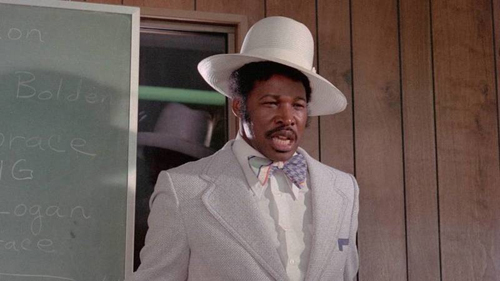
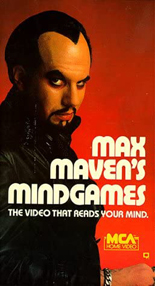
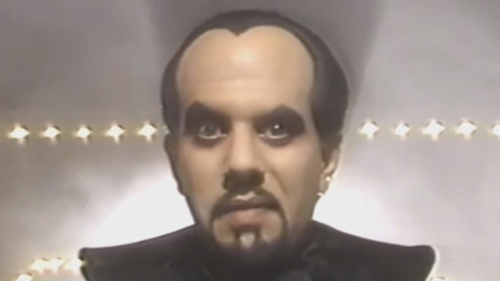
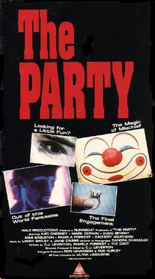
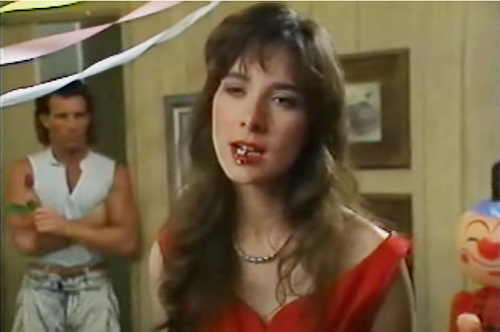
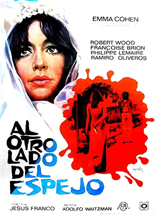 After announcing her engagement, the sheltered Ana (Emma Cohen,
After announcing her engagement, the sheltered Ana (Emma Cohen, 